How to control the viscosity of stainless steel plate protective film
2025-06-21
Viscosity Control for Stainless Steel Protective Film
Controlling the viscosity of stainless steel plate protective film requires comprehensive multi-dimensional considerations, from application scenarios, plate characteristics to environmental factors, ensuring optimal protection through systematic analysis.
- Usage Duration & Scenario: Short-term indoor storage requires low viscosity (5-10g/25mm); long-term outdoor exposure needs medium-high viscosity (15-30g/25mm).
- Plate Surface Characteristics: Mirror finish needs low viscosity (5-8g/25mm); brushed/textured surfaces require medium viscosity (10-15g/25mm).
- Temperature Factors: High temp (>60℃) requires low initial viscosity; low temp (<0℃) needs preheating and moderate viscosity products.
- Trial Testing: Apply sample film for 24 hours, check peel smoothness and residue, compare with GB/T 2792 standards.
- Supplier Specifications: Prefer manufacturers providing viscosity test reports (initial/lasting adhesion, peel force).
Special Processing Requirements: Laser cutting/stamping demands high-viscosity films with heat resistance and tensile strength to prevent displacement or residue during processing.
Optimal viscosity selection requires balancing application duration, surface texture, environmental conditions, and processing methods. Always conduct practical tests with sample materials before full-scale application to verify performance.
You Might Also Like
-
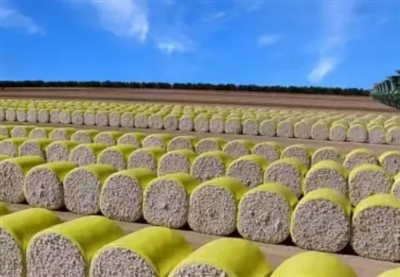
what are the advantages of cotton packaging film
-
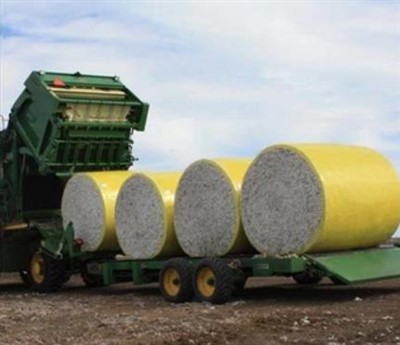
The Advantages of Cotton Wrap Film
-
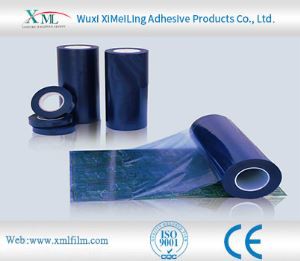
How does pe protective film cope with high temperature environment
-
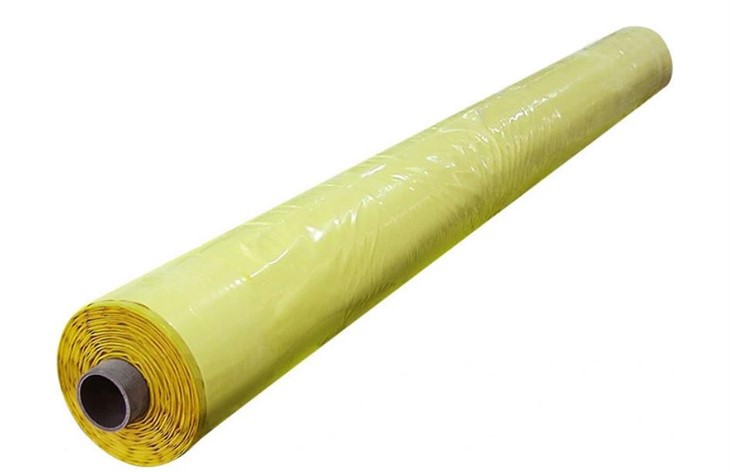
Advantages of Cotton Bale Wrap Film
-

How Polyethylene Packaging Material Copes with High Temperature Environment
-
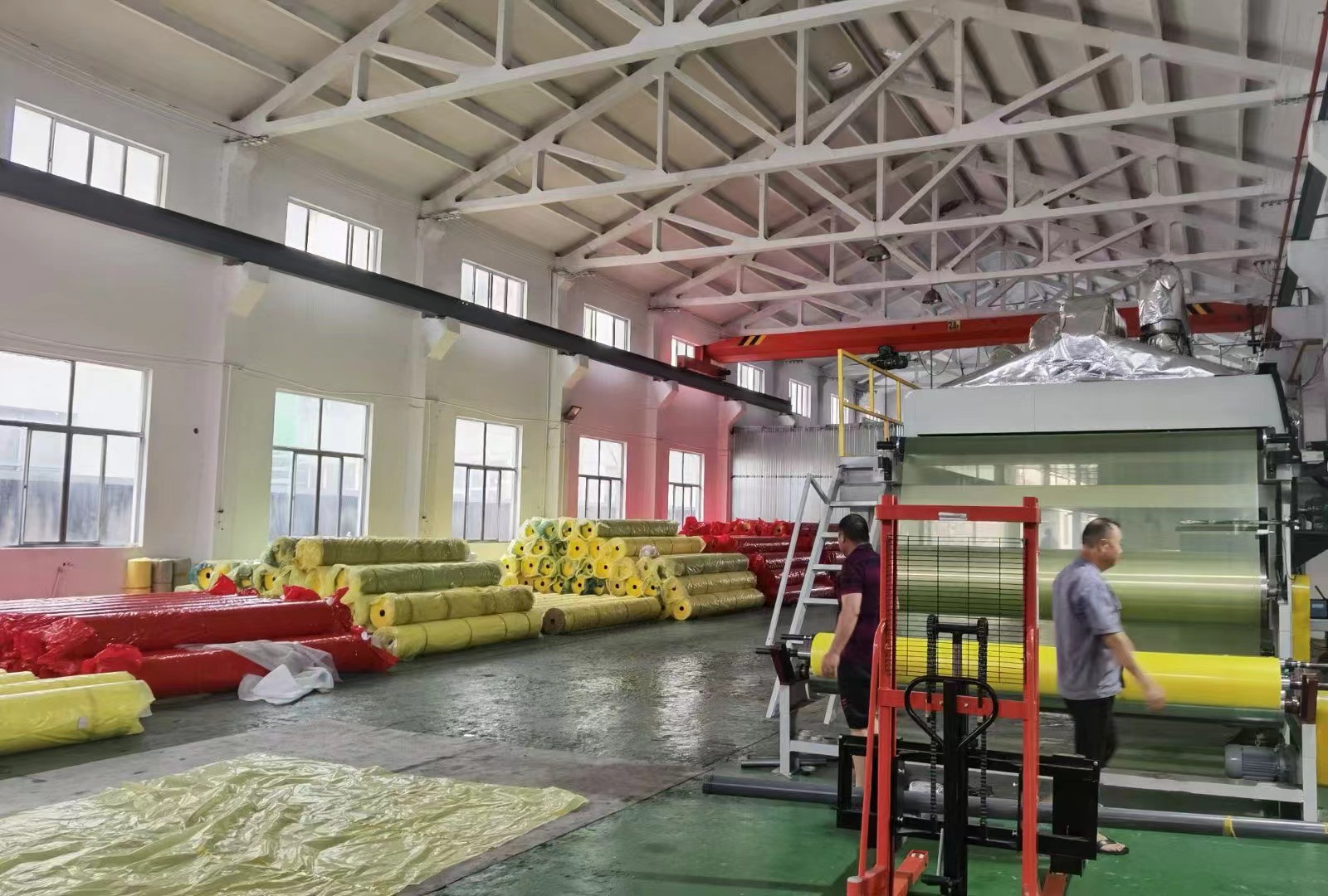
Storage method of cotton bale wrap film
